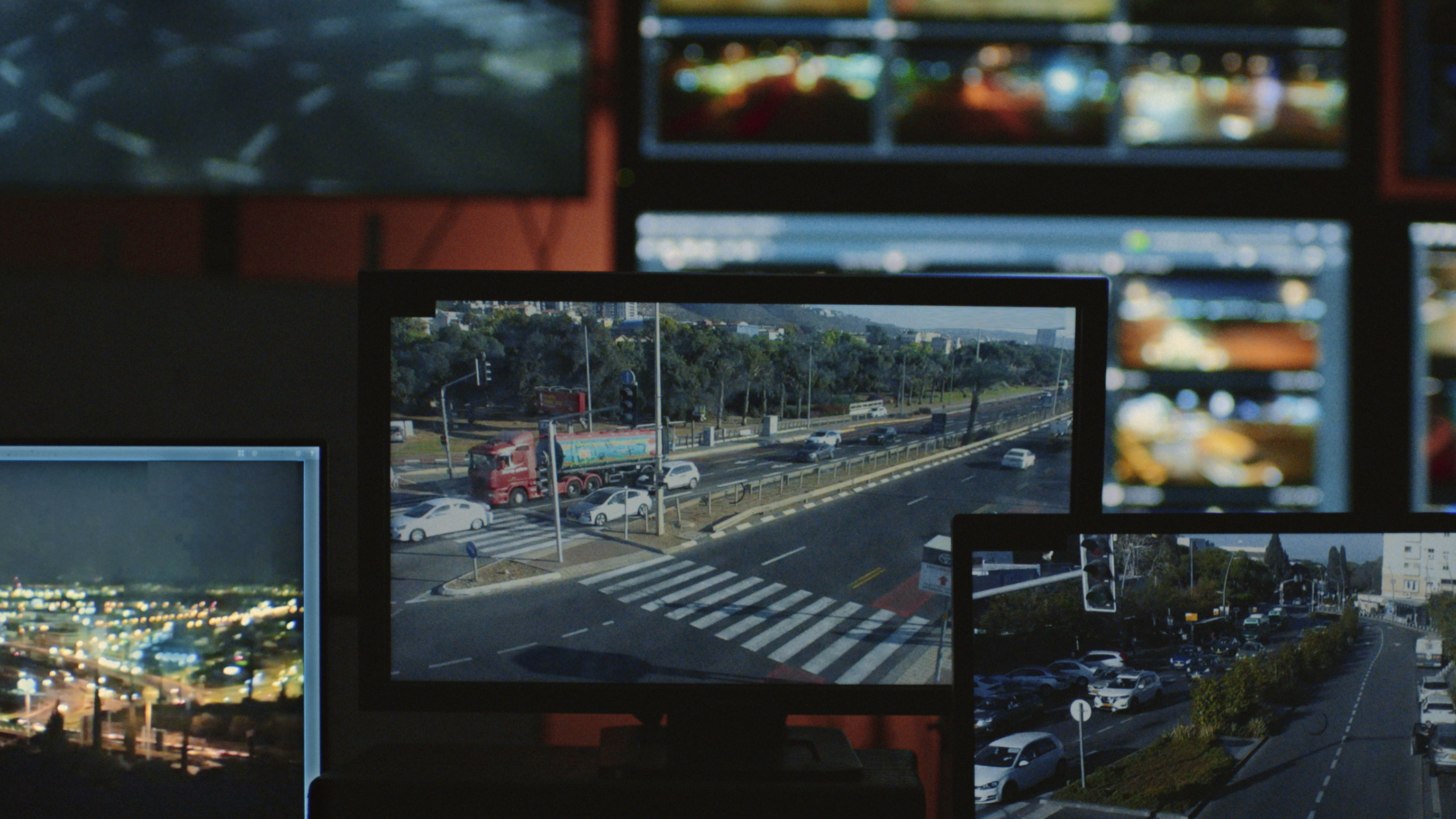

Traffic lights are the worst—not only do they put stops in your journey, but all those stopped cars pollute the local environment. According to one paper, pollution can be 29 times worse at city intersections than on open roads, with half the emissions coming from cars accelerating after having to stop. Many companies are developing tech that can make intersections “smarter” or help drivers navigate around jams. Google, though, has an AI-powered system-level plan to fix things.
Called Project Green Light, Google Research is using Google Maps data and AI to make recommendations to city planners on how specific traffic light controlled intersections can be optimized for better traffic flow—and reduced emissions.
Green Light relies on Google Maps driving trends data, which Google claims is “one of the strongest understandings of global road networks.” Apparently, the information it has gathered from its years of mapping cities around the world allows it to infer data about specific traffic light controlled junctions, including “cycle length, transition time, green split (i.e. right-of-way time and order), coordination and sensor operation (actuation).”
From that, Google is able to create a virtual model of how traffic flows through a given city’s intersections. This allows it to understand the normal traffic patterns, like how much cars have to stop and start, the average wait time at each set of lights, how coordinated nearby intersections are, and how things change throughout the day. Crucially, the model also allows Google to use AI to identify potential adjustments to traffic light timing at specific junctions that could improve traffic flow.
[Related: Google’s new pollen mapping tool aims to reduce allergy season suffering]
And this isn’t just some theoretical research project. According to Google, Green Light is now operating in 70 intersections across 12 cities around the world. City planners are provided with a dashboard where they can see Green Light’s recommendation, and accept or reject them. (Though they have to implement any changes with their existing traffic control systems, which Google claims takes “as little as five minutes.”)
Once the changes are implemented, Green Light analyzes the new data to see if they had the intended impact on traffic flow. All the info is displayed in the city planner’s dashboard, so they can see how things are paying off.

A big part of Green Light is that it doesn’t require much extra effort or expense from cities. While city planners have always attempted to optimize traffic patterns, developing models of traffic flow has typically required manual surveys or dedicated hardware, like cameras or car sensors. With Green Light, city planners don’t need to install anything—Google is gathering the data from its Maps users.
Although Google hasn’t published official numbers, it claims that the early results in its 12 test cities “indicate a potential for up to 30 percent reduction in stops and 10 percent reduction in greenhouse gas emissions” across 30 million car journeys per month.
And city planners seem happy too, at least according to Google’s announcement. David Atkin from Transport for Greater Manchester in the UK is quoted as saying, “Green Light identified opportunities where we previously had no visibility and directed engineers to where there were potential benefits in changing signal timings.”
Similarly, Rupesh Kumar, Kolkata’s Joint Commissioner of Police, says, “Green Light has become an essential component of Kolkata Traffic Police. It serves several valuable purposes which contribute to safer, more efficient, and organized traffic flow and has helped us to reduce gridlock at busy intersections.”
Right now, Green Light is still in its testing phase. If you’re in Seattle, USA; Rio de Janeiro, Brazil; Manchester, UK; Hamburg, Germany; Budapest, Hungary; Haifa, Israel; Abu Dhabi, UAE; Bangalore, Hyderabad, and Kolkata, India; and Bali and Jakarta, Indonesia, there’s a chance you’ve already driven through a Green Light optimized junction.
However, if you’re a member of a city government, traffic engineer, or city planner and want to sign your metropolis up for Green Light, you can join the waiting list. Just fill out this Google Form.
